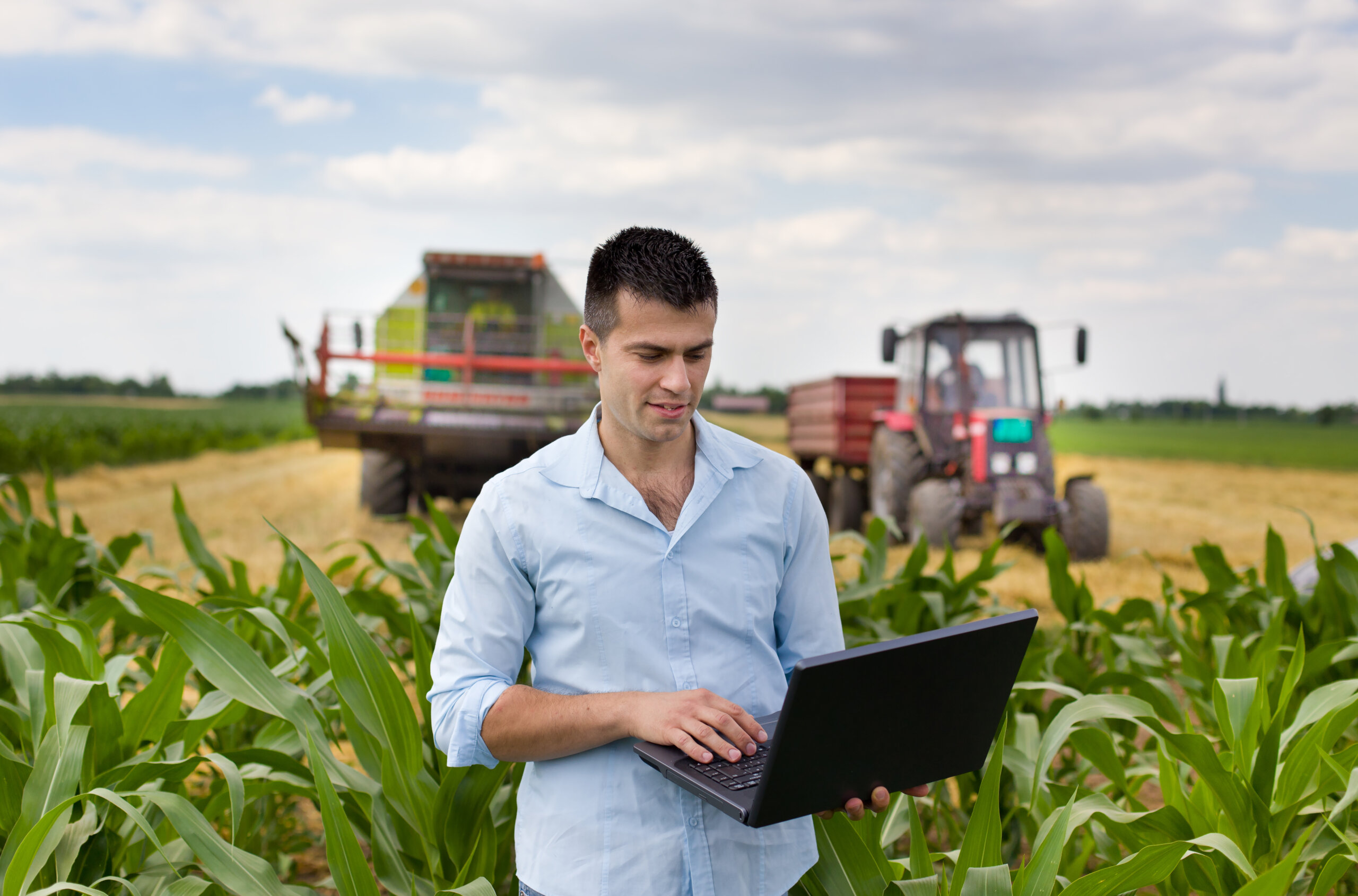The Covid-19 crisis made a tremendous impact on the economic condition globally. Farmers and producers are now taken essentially to help the economy back on its feet. The agriculture and food supply play an essential role during the crisis to avoid the spread of the Corona virus. Furthermore, the agriculture industry had improved incomes, food security and uplifted the poverty margin during the Covid-19 scenario. In a recent study validated by the World Bank, 80% of consumers, especially in rural areas, rely on farming. It further notifies that by 2050, the agriculture sector can feed around 9.1 billion of the world’s population while providing employment opportunities and reducing poverty’s intensity.
While most business sectors were affected by the crisis, agriculture’s share in GDP (Gross Domestic Product) has increased nearly 20% for the first time in 17 years. Agriculture’s GDP share in 2019-2020 ending year was set at 17.8 percent; then it raised to 19.9% the following ending year. The latest highest recorded GDP in the agriculture sector was in 2003-2004 at 20%. The following year’s shares have been stuck between 17% and 19%. During the Economic Survey, agriculture has the highest GDP performance in 2020-2021.
Food Supply and Trade Demand
The sales and trade of agricultural commodities globally had raised in the summer and fall. The demands for grain and oilseed had stretched stocks in the 2020/21 market year, and the export demands of corn and soybean in China alone are setting new records. According to a report by the USDA (United States Department of Agriculture) FAS (Foreign Agricultural Service) as of the first week of February 2021, the US corn sales for the marketing year-end (year-end August 31, 2021) has sold over 11 million metric tons, though some are not yet shipped. Apart from corn, poultry, beef, pork, soybeans, cotton, and other export products also continues to rise parallel to its prices. Additionally, while the US mainly exports its agricultural commodities to China, local and export sales are also escalating to Japan, UK, Germany, Mexico, Korea, and other trading countries globally.
Food Safety and Quality
The recent crisis made the consumers and businesses shift their preferences on food safety and quality, realizing that it is healthier to purchase food at retail outlets or directly from the farmers than purchasing through food services. The health concerns of consumers are setting the standard for alternative protein products encouraging and giving farmers more opportunities to supply high-protein products, which include lentils, faba beans, lupins, chickpeas, and more.
With the limitations of the community going out, more and more restaurants are most likely to shut down in the next few months. This urges farmers/crop growers to adopt supply maintenance and delivery of fruits and vegetables to consumers who prefer cooking at home. Consequently, processors or packers have deviated their products from commercial divisions into retail stores like groceries and home delivery of food containers. Farming is never seen the same way again as we can see innovations every day. This provides higher crop yield



